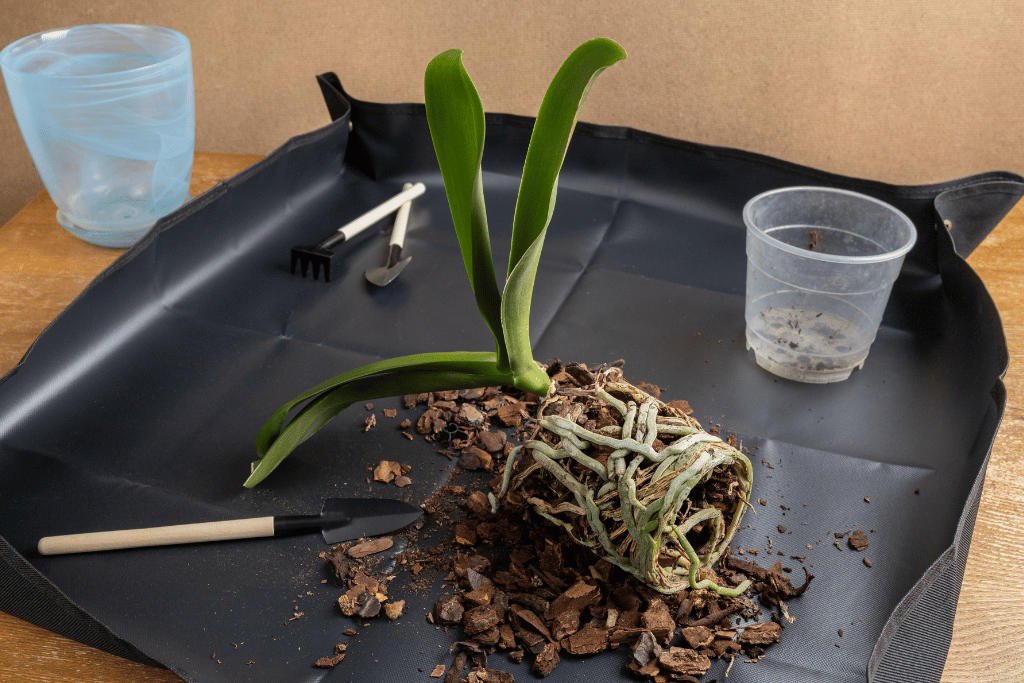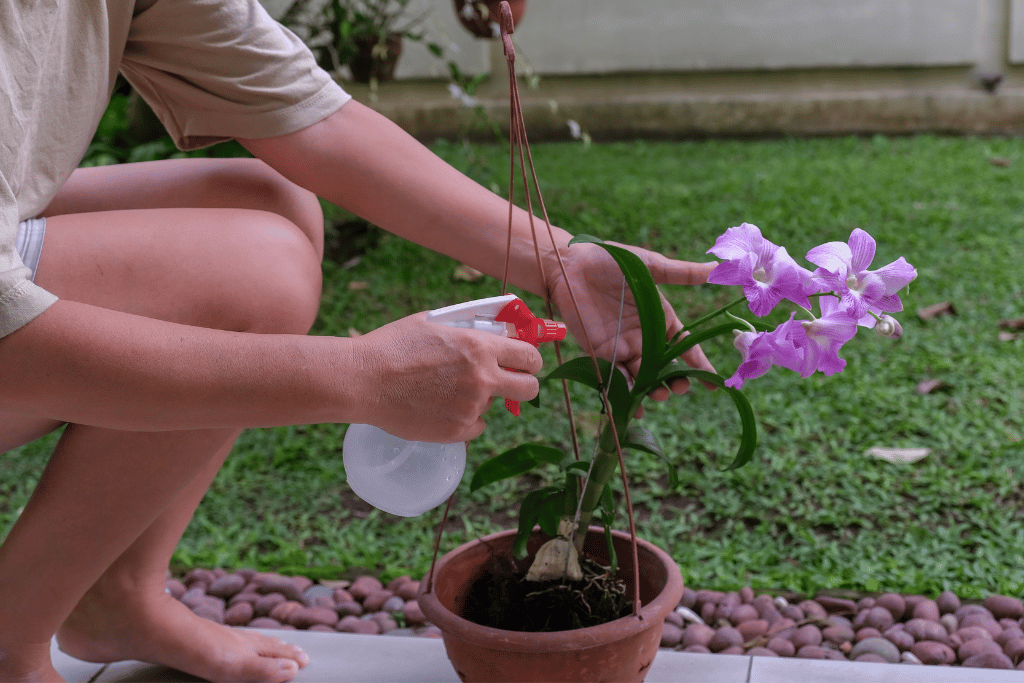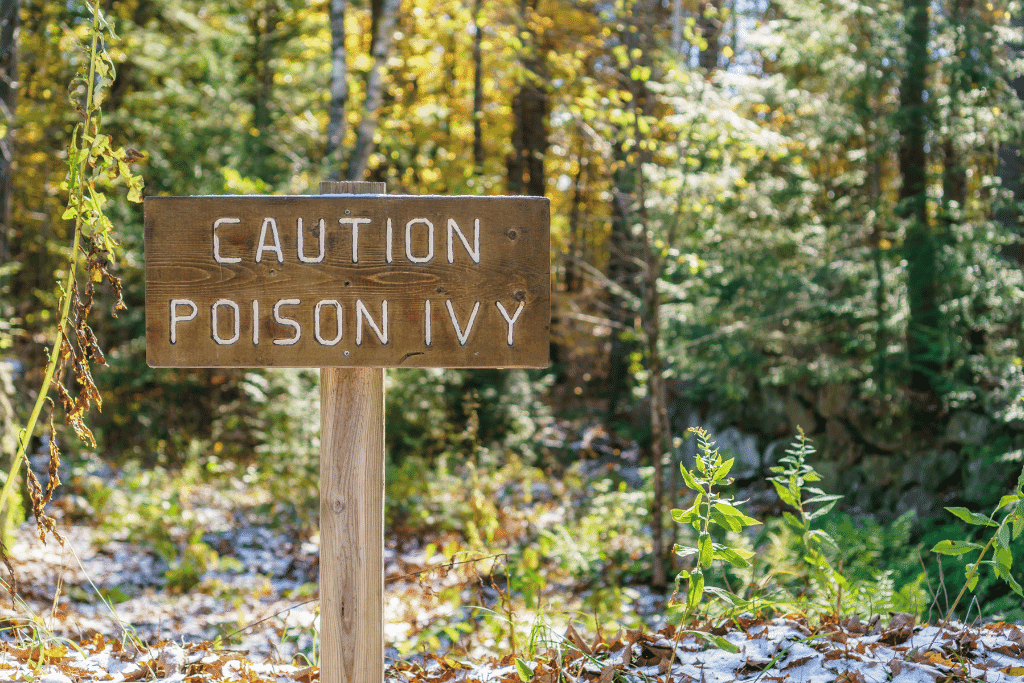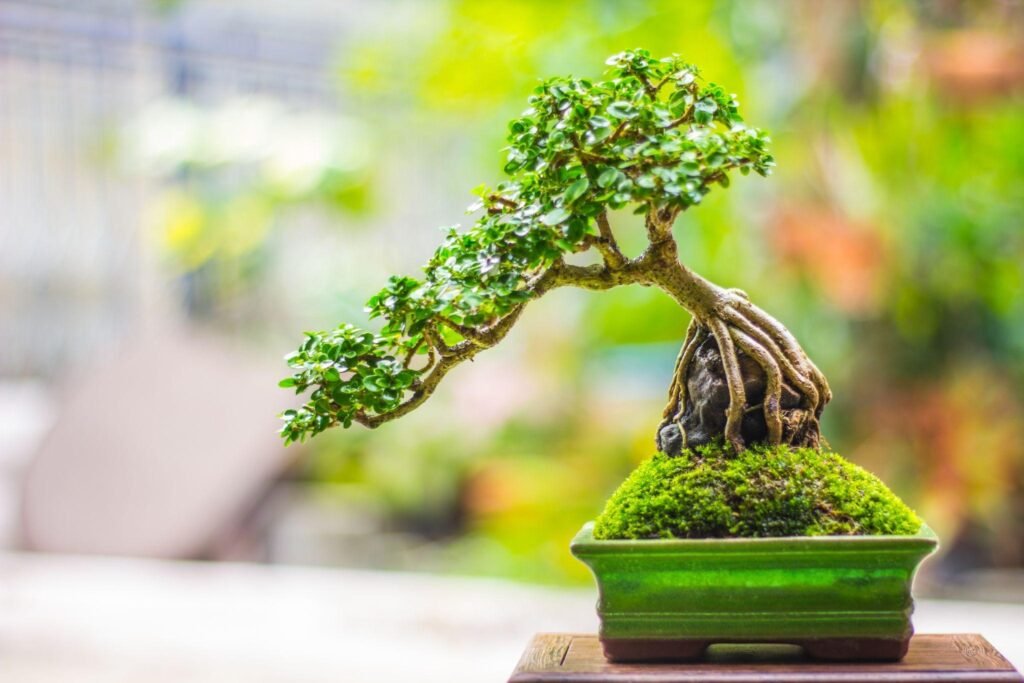You might find that over time; your orchids may start to slow down in growth and not seem to thrive as much as they once did. Their blooms may be limited, or they’re not developing as many spikes anymore – so ask yourself, when was the last time you repotted your orchid? If the answer was many years ago, then you might’ve just found your problem. If you need help with how to repot an orchid with air roots, I’ll explain how to in a few simple, easy steps.
Repotting can be quite a daunting task, especially for beginners. Orchids have a reputation for being finicky and picky with the conditions, so it’s natural to be slightly worried when digging around their roots and replacing their soil. Don’t worry, though; it’s a straightforward process as long as you have the correct tools and substrates.

What Are Air Roots?
On orchids, some may produce aerial roots. Of course, this is opposite to the roots that grow downwards into the soil. This is quite normal for an orchid, and these are referred to as ‘epiphytes’. In nature, orchids like to attach themselves to trees instead of being rooted in the ground, so they need these aerial roots to get moisture and nutrients from the air.
Healthy aerial roots will be white and firm, with unhealthy ones beginning to become brown, flat or mushy. These roots should be pruned when spotted, sterilizing your pruners before each cut to prevent the pathogen’s spread.
If your orchid produces a lot of aerial roots, it’s likely that it is due for a repotting. Orchids will push out a lot of aerial roots when there is no space left in the growing medium, so take note of this if you notice many aerial roots being produced.
When Should I Repot My Orchid?
Over time, the soil will eventually begin to degrade and break down, which can lead to the soil not being able to hold on to water or nutrients as well. This can be detrimental to the health of your orchid, as it’s no longer getting as much water as it once did, which can lead to the browning of stems or leaves.
When orchids become root-bound, they will start to suffer more than other plants due to the fact that they are epiphytic. Ideally, you should be repotting your orchid around every two years, even if the orchid seems like it’s not showing any symptoms of being root-bound yet. This ensures the soil is fresh and the orchid has the conditions to thrive and survive.
How to Repot an Orchid With Air Roots
Importantly, orchids should be repotted at the right time. It’s not advised to repot orchids while they are in flower, as this can cause unnecessary stress to the plant, making it drop its flowers. The best time to do it would be when the orchid is actively growing in summer, as this gives the orchid the best chance to recover and throw out some aerial roots, which will help with the recovery.
Before we get started on how to repot the orchid, you need to gather the correct things first. You’ll need some pruners, a new pot, an orchid mix and a solution to sterilize your pruners between any cuts you make.
Step 1) Removing the Orchid From The Pot
Orchids with aerial roots will differ slightly in the process compared to those without. Before we get started and remove the orchid from the pot, it’s advised that you should water the orchid thoroughly before taking it out of the pot. This will help ensure the roots have enough water – you should then wait for the excess moisture to drain out of the pot.
After that, we can get started! To get the orchid out of the pot, give it a wiggle and begin to pull it out from the pot. Try and do this as gently as possible so as not to disturb the roots. Some roots may be stuck to the sides of the pot, so if needed, you can add a little more force.
Don’t grab the leaves when trying to pull the orchid out of the pot. You could risk snapping a leaf off or damaging it, which we do not want as this can impede the recovery of the orchid after repotting. Instead, grab the orchid by the base when pulling it out of the pot.

Step 2) A Fresh Start
Now that your orchid is out of the pot, it’s time to give it a fresh start. Remove any of the old potting mix still left on the roots. It should fall off pretty easily by giving the orchid a shake, but if it doesn’t, you can add some water into the mix to try and get it off.
After this, you’ll need to rinse the growing roots at the bottom and the aerial roots with some warm water, which should encourage the orchid’s roots to become more flexible and prevent any water from reaching the crown, which could cause crown rot.
Step 3) Prune, prune, prune
Hopefully, you won’t have to do that much pruning! But, if you see any dead roots, you should prune them off. Dead roots can seriously affect the health of the orchid if left on, so it’s best to remove them as soon as possible. They will most likely look brown, flat and feel mushy or dry. While you’re down there, you can also check to see if you’re doing anything wrong.
If you find that many of the roots are dead, you might be doing something wrong when caring for your orchid. If the roots are brown and mushy, it’s likely that you’ve been overwatering your orchid. Orchids should only be watered around every 7-10 days as they don’t have as much of a high water demand as other plants. I like to stick my finger an inch deep into the substrate before watering, as going by a schedule can lead to underwatering or overwatering in most plants.
Step 4) Keeping Clean
We must not let pathogens get near the orchid, as this can cause disease and have pretty adverse effects. To do this there are several steps we can take when caring for orchids. In the case of repotting, you must sterilize any pruners you use for the roots. Another thing that you should do is sterilize the new pot that your orchid is going into, which removes any fungi, bacteria or pests living in it. Likely, this won’t be the case for freshly bought pots, but it’s always best to be safe than sorry – especially with orchids!
To sterilize the pot, you can use hydrogen peroxide. Many people opt for concentrations between 3-5%, as any higher can damage the orchid when it’s potted into the new pot. After this, you should also sterilize the roots of the orchid. Again, this will help kill any bacteria, pests or fungi that live on the roots, preventing any problems from occurring after the repotting.
Step 5) Potting Up
It’s finally time! We can now get to the important part – potting the orchid in its new pot. When deciding on a new pot for your orchid, it’s crucial that you go bigger than the last one. You don’t want to go too large, though, as the medium’s weight can affect the orchid’s roots. It’s a good rule of thumb to go around 2 inches larger than the previous pot. You shouldn’t go down in size, as this will only cause more problems and completely negates the effect of repotting in the first place.
Once you’ve decided on your pot, you can decide on the soil mix. Many growers like to use substrates such as sphagnum moss or pine bark, which are airy and free-draining mediums that orchids love. Potting orchids in compost will kill them quite quickly, as it will hold on to too much water and prevent oxygen from getting to the roots. If you want to avoid creating your own mix, you can always buy an orchid mix from a garden center or online, which is usually enough for quite a few repots – handy if you’ve got a few orchids!
Now that’s all sorted, let’s move on to getting that orchid into its new pot. You’ll want to fill up the new pot with the potting medium you settled on, which should be airy and free-draining. After this, you can put your orchid into the pot, covering the rest of the roots with the mix. Have a prod around in the soil and ensure that the mix isn’t too tight or dense, and if it is, it might benefit from taking a bit of soil out.
Aftercare
We all know that orchids can be a bit tender sometimes, so we must treat them with a little extra care after repotting. It can be stressful for orchids, so a bit of extra effort will help get them on the right track and make sure they throw out those beautiful blooms again.

Below, I’ll list a few tips on ensuring that your orchid survives the repotting process!
- Misting. Orchids love high-humidity environments, from around 50-80%. This can be hard to replicate in homes, especially since the walls and paint may start to chip, and mould can form from too high humidity. However, we can get around this by simply misting the orchid’s leaves during the day. It’s important that this is only done during the day. Otherwise, the orchid will not have enough time to dry the water off, which can lead to rotting of the leaf. Giving the orchid a few drops of rooting solution every few days in the misting bottle might be beneficial.
- Maintain a regular schedule. It’s important that you don’t suddenly change how you water your orchid. Otherwise, this can lead to dire effects and the death of the orchid. You should water as you did before, checking the substrate to see if it needs watering, which should be roughly every 7-10 days. Continue to mist and water the orchid regularly to ensure it stays healthy.
- Food! Plants love to be fed with fertilizer especially orchids. They’ll reward you for it with some extra growth or masses of beautiful flowers at the right time, so make sure you regularly fertilize your orchids. After the second week of repotting, you can add some fertilizer. This should be done every other week in the first month and then toned down to once a month after the orchid has recovered from repotting.
- Turn those lights down. Orchids are pretty picky with their light requirements, and after a while, you’ll eventually find a position where they thrive. After repotting, though, they should be kept somewhere that doesn’t receive as much light to reduce the stress on the roots. It should still get a good amount of light, but it should be slightly less than where you had it before.
As long as you follow these simple tips and the repotting procedure listed above, you’ll find that your orchid should be back on track and healthy within a few weeks again! It’s always a bit nerve-wracking the first few weeks, even when you’ve done this type of thing for years. The key points to take away from this is that after repotting, maintain regular watering and misting, ensuring that you look for any problem signs on your orchid, such as browning or yellowing leaves – this also applies to the stems.
Read more deeply about the care for orchids.
Frequently Asked Questions (FAQ)
Should I prune off the aerial roots on my orchid?
No – I wouldn’t recommend doing this. They aren’t doing any harm; they’re just searching for more nutrients and water. Removing them could have an adverse effect on your orchid, so it’s vital that you keep them. Look out for any problem signs on them, though, as this can be a good indicator of the overall health of your orchid. If you’re finding that you’re getting a lot of aerial roots, this is a good sign that your orchid should be repotted as soon as it’s the right time.
Do I need to mist the aerial roots?
If your orchid is in a place where the temperature is quite warm and it’s getting a good amount of light, you’ll find that the orchid’s aerial roots may begin to dry up a bit. If this occurs, you should mist the aerial roots to ensure they don’t die. Just because the aerial roots seem to be drying up doesn’t mean that you should move the orchid to a new position, though. If the orchid is thriving in its current position, leave it where it is! Just simply mist the aerial roots regularly, and they will be fine.
How do I know that my orchid needs to be repotted?
You’ll find that the roots may start to circle themselves multiple times or begin to push the orchid up, suggesting that the medium is packed full of roots. Many aerial roots may also start to be formed since there’s no space in the medium, so this is another sign. If the leaves of your orchid seem to be significantly out of proportion to the pot and the orchid is too big for the pot, this is also an indicator that you should repot your orchid.
Does the new pot need drainage holes?
Yes. If you give an orchid a pot with no drainage holes, you’ll soon find that its health will decline quite rapidly. This is the same with most other plants, as the soil will hold too much excess water, and the roots will begin to rot. Not enough oxygen will get to them, eventually leading to the roots’ death. This can adversely affect the rest of the orchid, such as the browning or yellowing of leaves and the stems. It may also lead them to become more prone to pests and diseases. So, make sure that when you’re buying a new pot for your orchid, it’s at least 2 inches bigger and has enough drainage holes for the water to get out!



